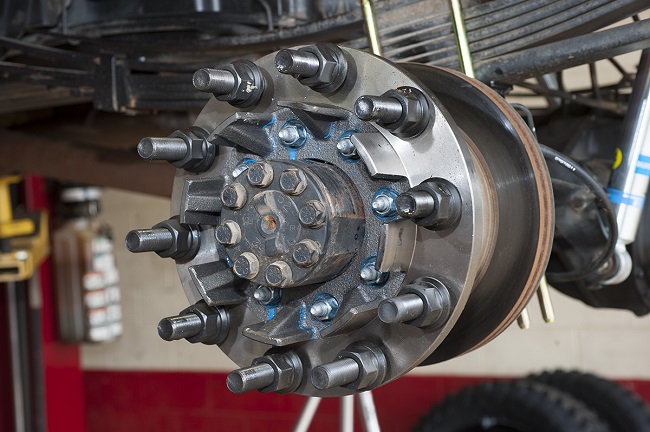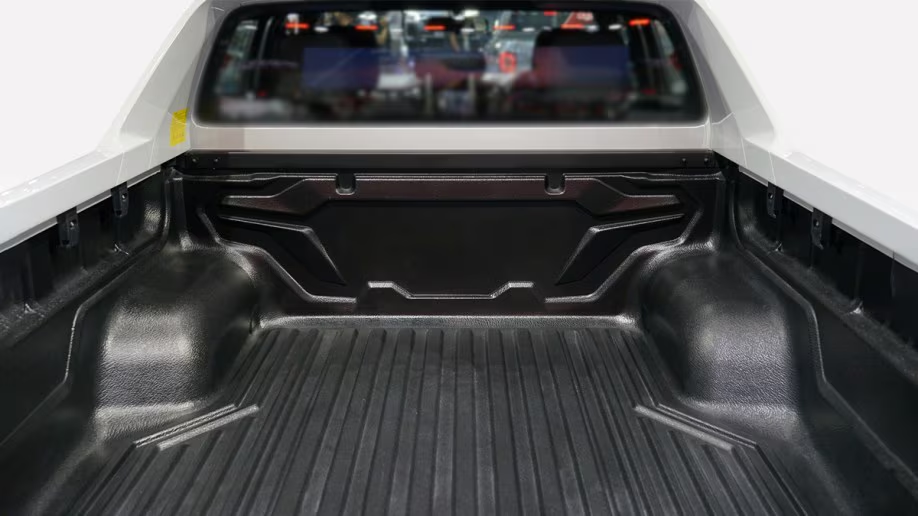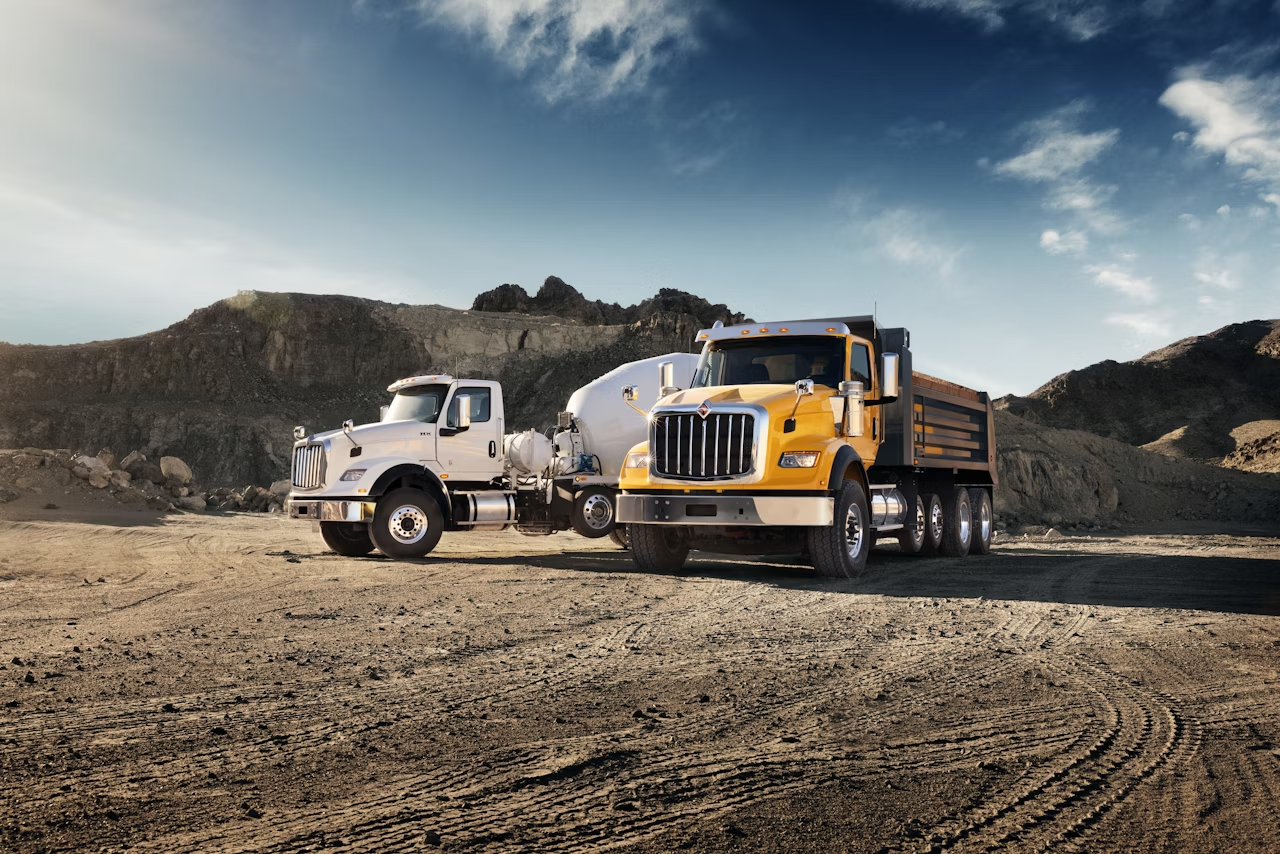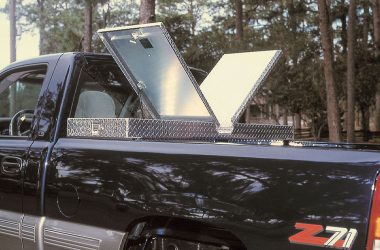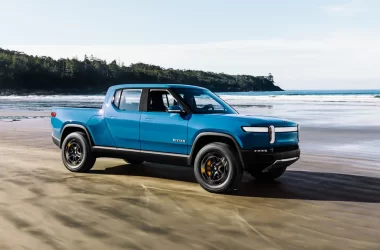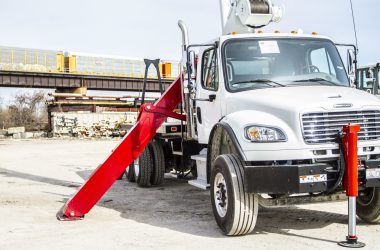Trucks are utilitarian vehicles designed to transport cargo, carry specialized payloads and perform other essential tasks. Their size, power and configuration vary drastically.
They usually feature body-on-frame construction with a cabin that is separate from the payload portion of the vehicle. Such vehicles are frequently referred to as lorries or semi-trucks.
Chassis
A truck’s chassis is the structural framework that supports all other parts of the vehicle. It houses components like the engine, fuel tank, cab and axle assemblies as well as other components.
A chassis is fundamental to a vehicle’s performance and safety, so it’s critical that it be chosen correctly for your requirements. A chassis that’s too large wastes fuel and puts undue strain on the truck, while one that’s too small increases overload risks.
Chassis cabs, unlike pickup trucks, don’t come equipped with a bed in the front. These versatile commercial vehicles can be customized with service bodies, dump truck bodies, crane upfits and many other variations.
Frame
A truck’s frame is essential to its performance. It helps the vehicle bear the weight of all its loads, such as fuel, battery boxes, bodies, work equipment and cargo.
This frame is constructed from high-tensile strength steel to withstand various stresses, such as those caused by braking and road irregularities. Furthermore, it resists bending moment and fatigue.
Most trucks use ladder-type frames with side rails and crossmembers to support vertical and torsional loads such as the engine, transmission, fuel tanks, battery boxes, suspensions, bodies, work equipment and cargo. The crossmembers help prevent side loads from twisting the frame rails.
Engines
The engines of a truck are undoubtedly its most critical component. Whether it’s being used to haul cargo or not, its engine needs to be powerful and long-lasting enough for any job at hand.
A reliable engine is one that has enough power to lift heavy objects, ascend steep hillsides and accelerate rapidly. To do this, it needs to generate torque (torque), along with RPMs (revolutions per minute).
Diesel engines are ideal for pickup trucks due to their greater torque output than gas engines. Furthermore, these engines boast an efficient compression-ignition system and use less fuel per mile than their gasoline counterparts while still getting the job done.
Fuel tank
The fuel tank in a truck is an integral component of the system that stores fuel. It must ensure that this liquid remains secure, free from leaks or evaporative emissions.
Tanks are typically constructed out of steel or aluminum, both durable materials that are frequently welded together for extra strength.
Another possible option is a plastic (HDPE) fuel tank, which is often used for short-term storage of diesel and gasoline. Unfortunately, this material is susceptible to stress cracking.
An auxiliary fuel tank on your truck bed is an efficient way to boost gas capacity while saving money at the pump. These tanks come in various sizes and styles, so you can select one that best meets your requirements.
Cab
The cab of a truck is the interior area where the driver sits while working. It can be customized with features like air conditioning, sound systems, ergonomic sets and more for added comfort and convenience.
There are three primary types of truck cabs: regular, extended and crew. Each has its own advantages and drawbacks depending on your specific needs.
Regular taxis are two-door trucks with one row of seating for one or two passengers, often preferred by commuters and work truck drivers due to their shorter bed length.
Extended cabs come in two, three or four door varieties and feature two full rows of seating for added passenger comfort. They’re perfect for families due to the extra passenger room they provide as well as more cargo room compared to regular taxis.


